Japan PMI manufacturing rose to 53.1 in October, up from 52.5 and beat expectation of 52.6. Markit noted that “growth of key macroeconomic variables (output, new orders and employment) all accelerate”, and “rates of input cost and output price inflation both quicken to multi-year highs.”
Commenting on the Japanese Manufacturing PMI survey data, Joe Hayes, Economist at IHS Markit, which compiles the survey, said:
“Following a rather disappointing slew of PMI data over the third quarter, Japan’s manufacturing sector looks set to start Q4 on a more upbeat note. The latest survey indicated stronger expansions in all the key barometers of macroeconomic health, with output, new order and employment growth quickening since September. Furthermore, export sales rose for the first time since May, despite several respondents highlighting problems arising from global trade tensions.
“That said, next month’s data will be important to assess whether the latest growth rebound is a transitory response to weakness resulting from recent natural disasters.”




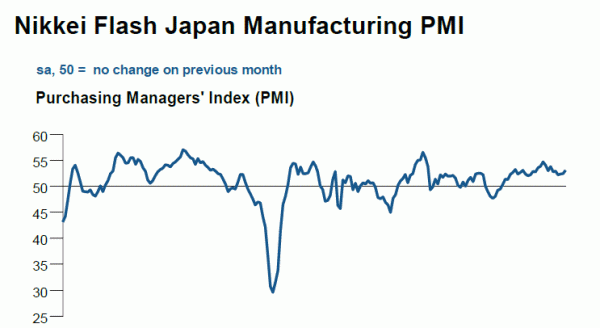
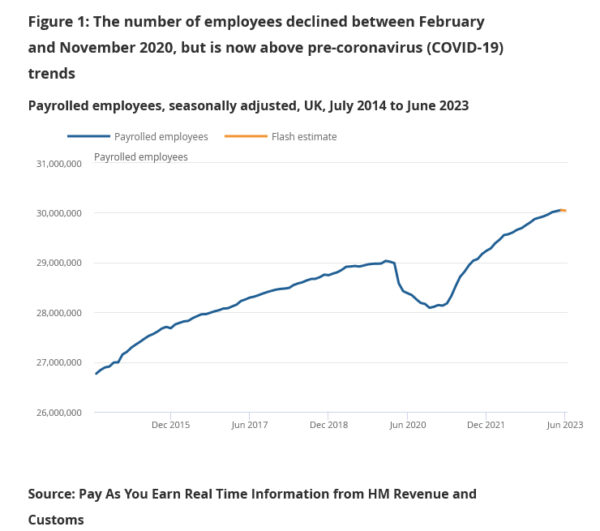
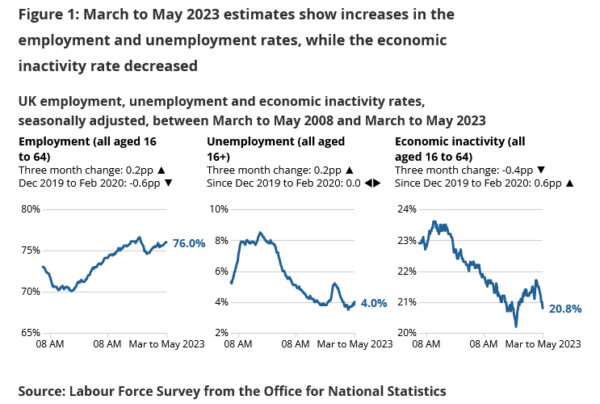
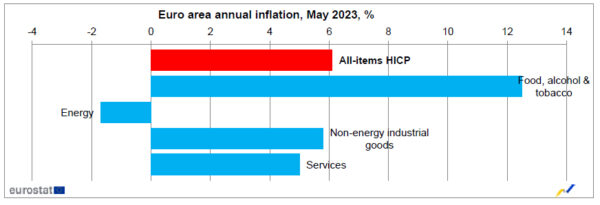
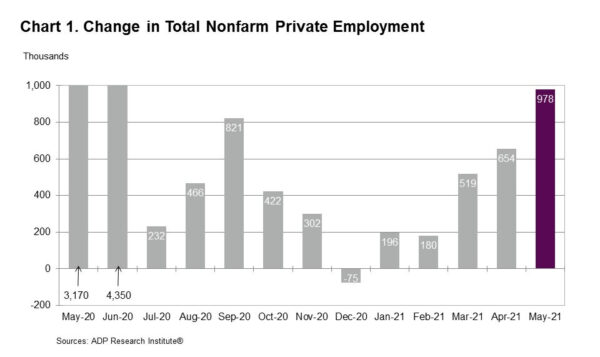
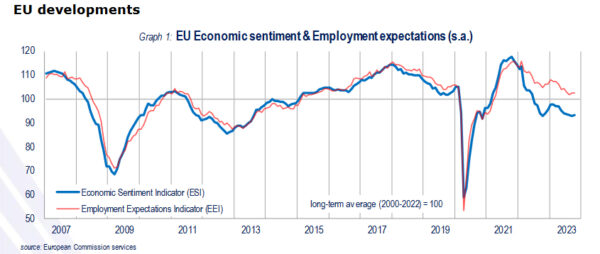
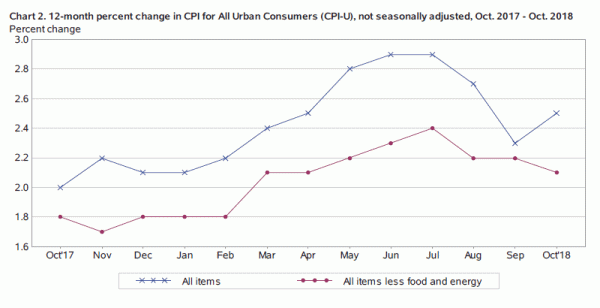
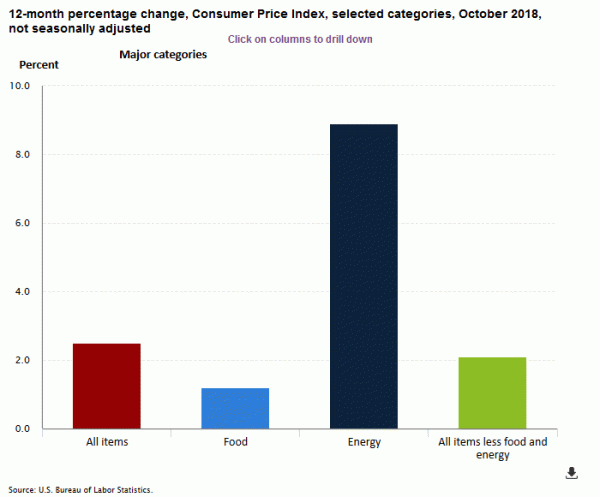
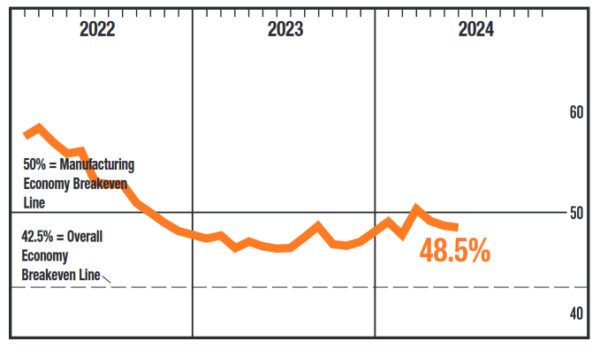
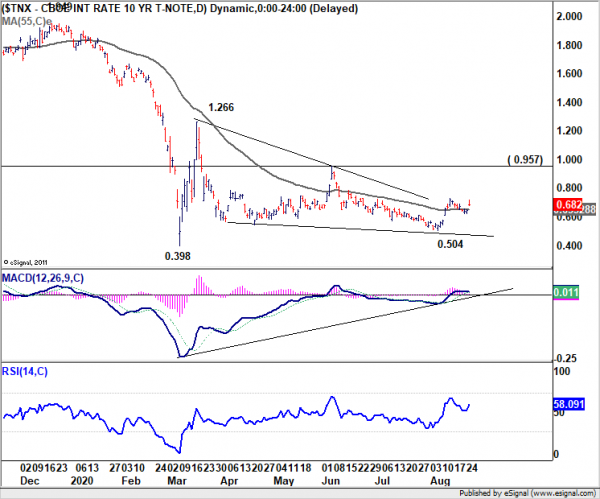
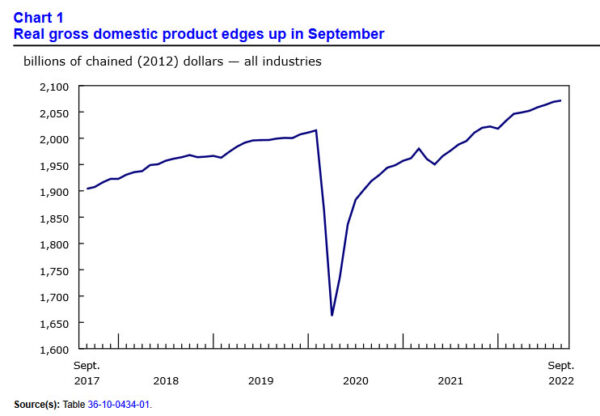
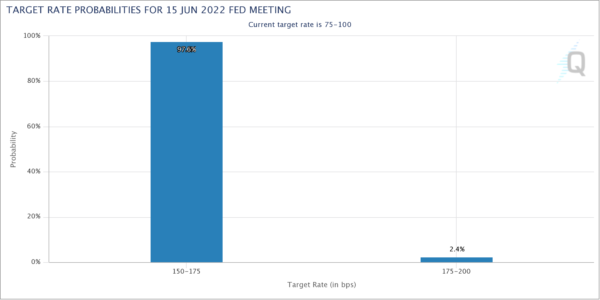
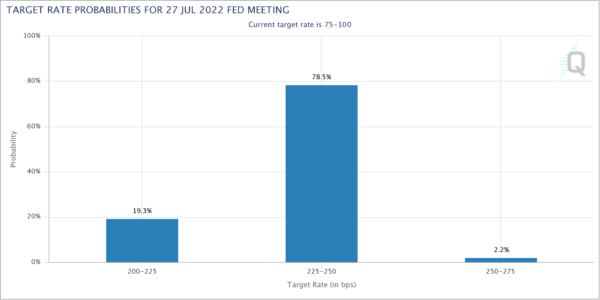
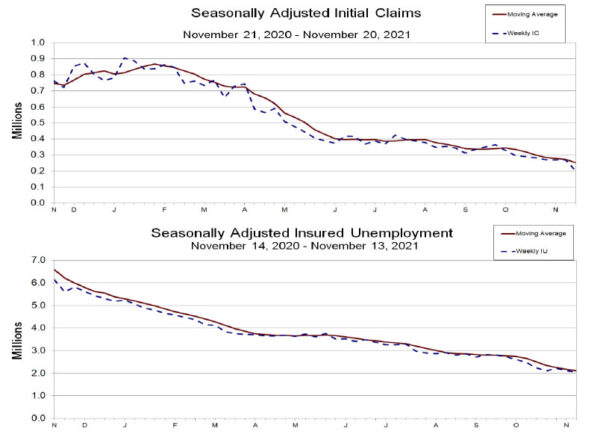
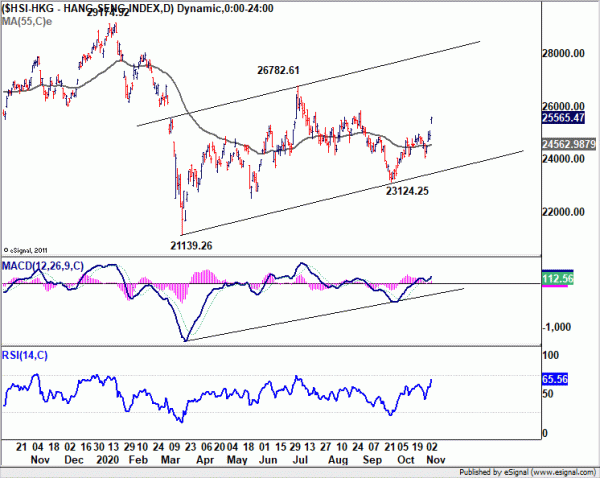
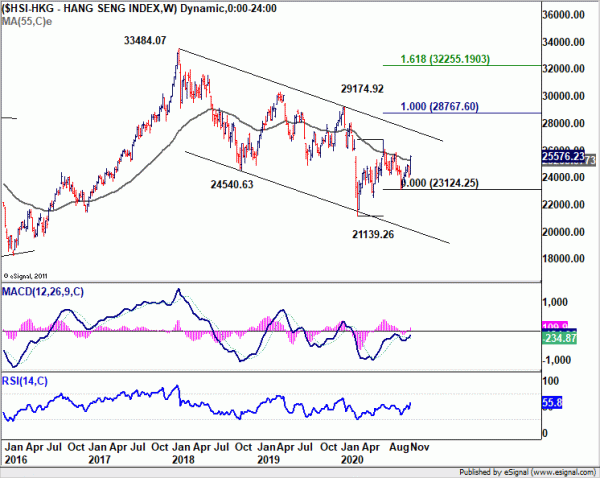

Gold recovered ahead of 1275/6 support zone, maintains bullishness
Gold drew support from rising channel line and recovered after hitting 1280.85. So far, it’s held above 1276.76 cluster support (38.1% retracement of 1160.17 to 1346.17 at 1275.45). Thus, there is no indication of trend reversal yet. Rise from 1160.17 could extend further. Break of 1346.71 will target key fibonacci level of 38.2% retracement of 192.070 to 1046.37 at 1380.36. For now, we don’t see enough momentum to break through this 1380.36 key fibonacci level yet.
On the downside, decisive break of 1275.45/1276.76 should confirm completion of whole rise from 1160.17. In that case, gold should have started another falling leg inside the long term range pattern. Deeper fall should then be seen back towards 1160.17 support.